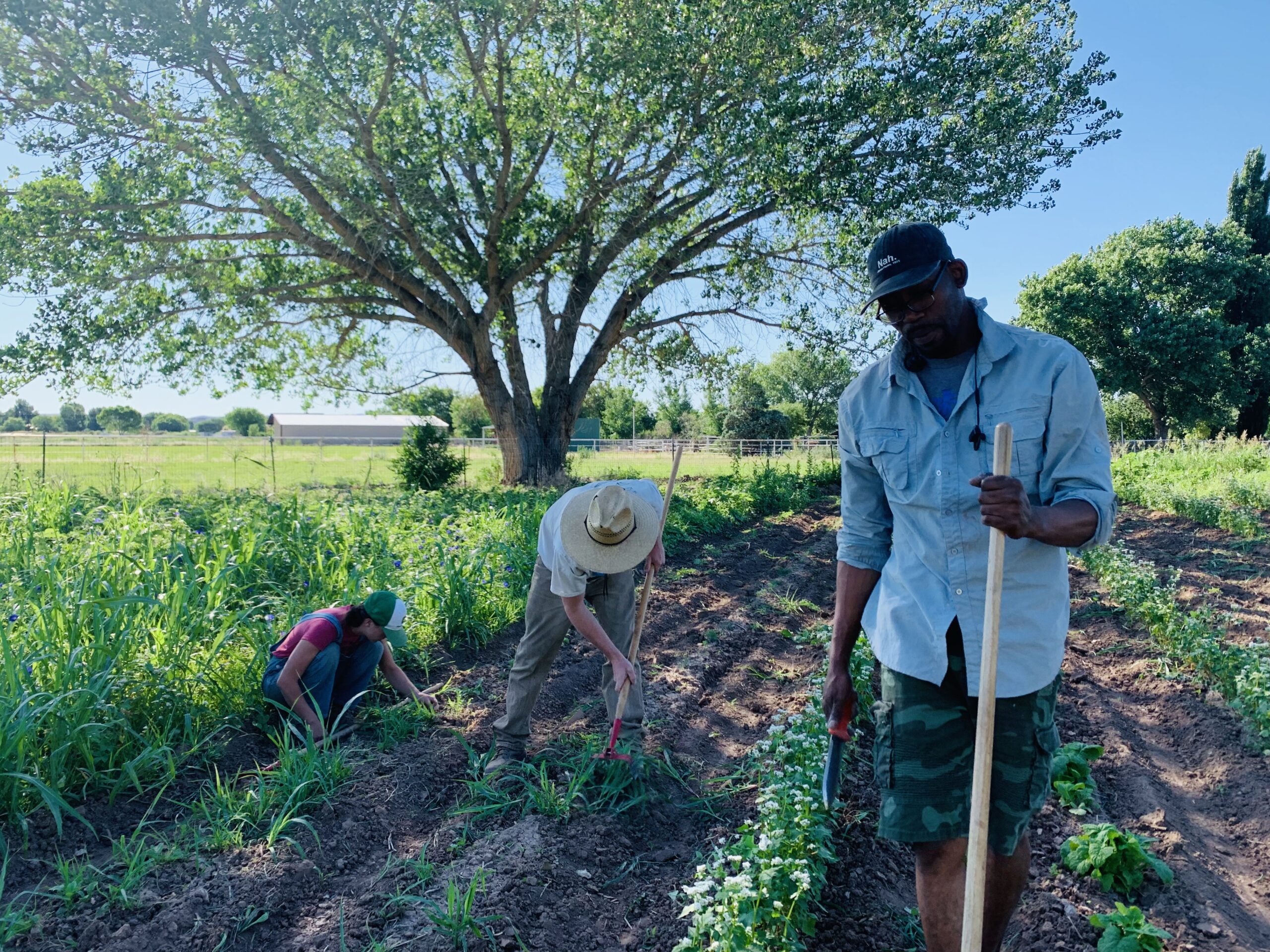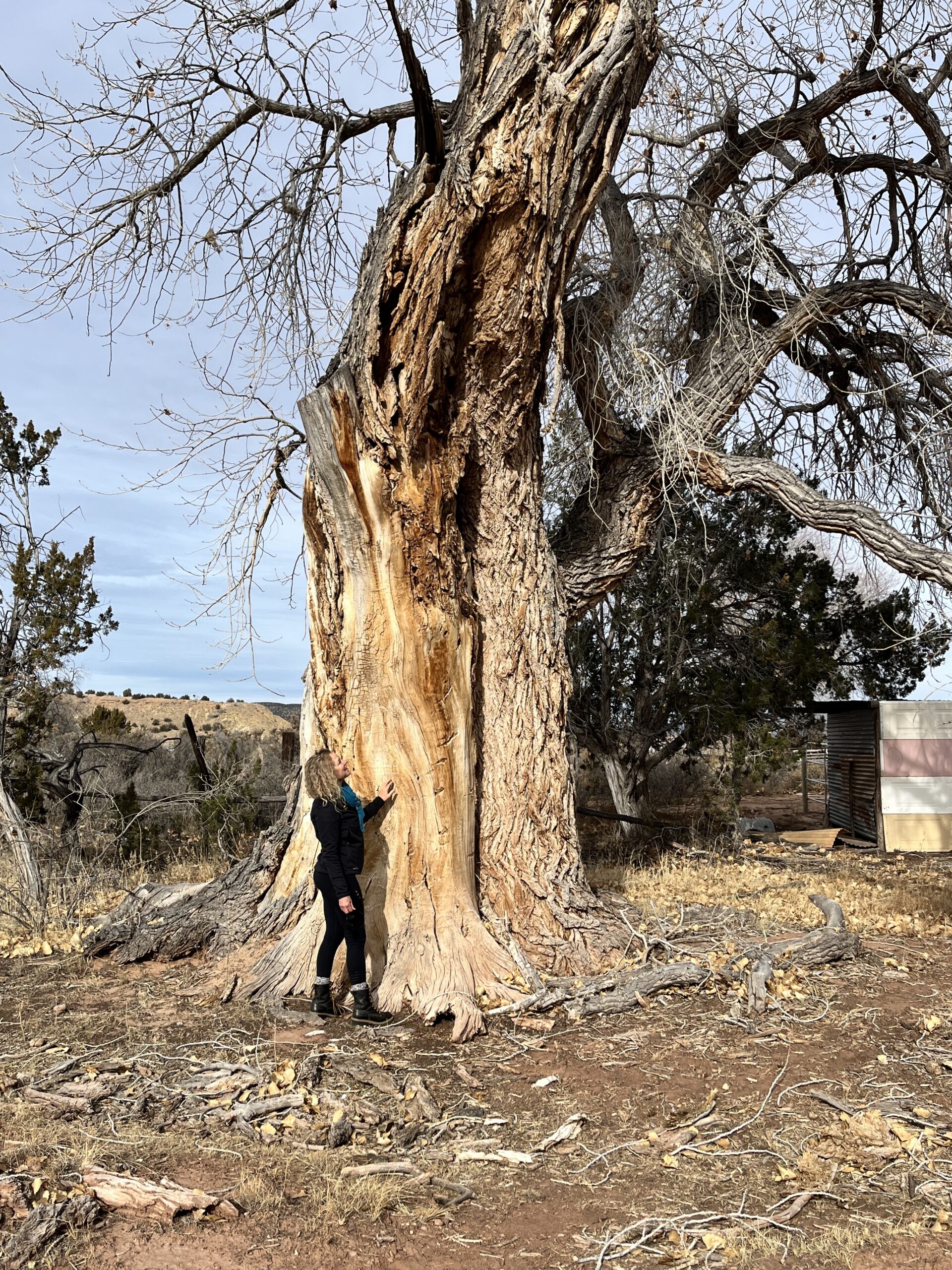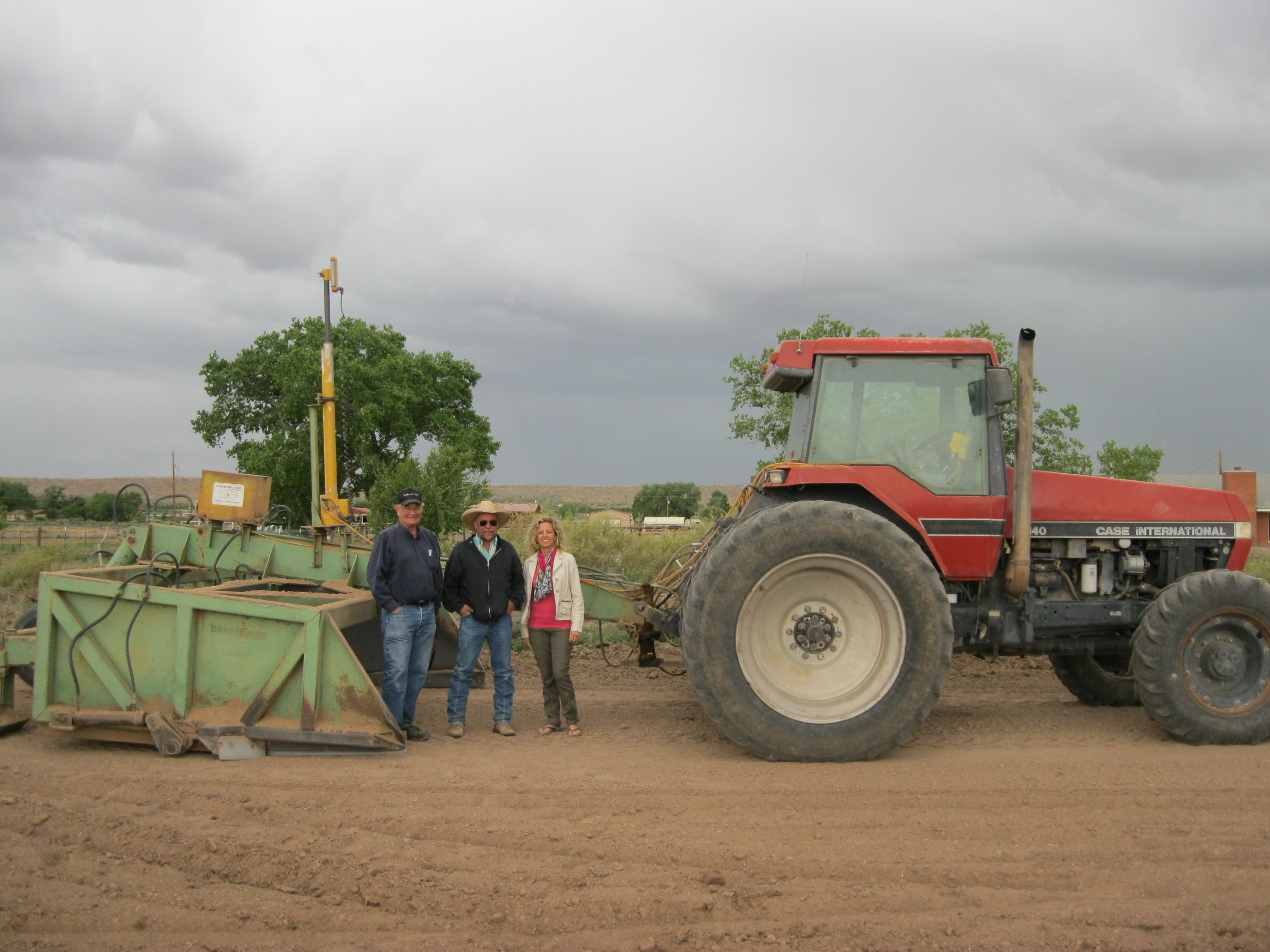About the Land Trust
We protect land and water for people and wildlife in New Mexico’s Middle Rio Grande Valley, forever.

The Basics
Land Trust
Conservation Easement

Working with the Rio Grande Agricultural Land Trust
RGALT’s goal is to protect New Mexico’s natural resources and rural quality of life for Bernalillo, Sandoval, Sierra, Socorro and Valencia Counties. RGALT, a community-supported, nonprofit, works with farmers and landowners who live in the Middle Rio Grande Valley and are dedicated to the preservation of working farms, ranches, wildlife habitat and open space.
If you are interested in an in-depth understanding of conservation easements, please read RGALT’s Conservation Easement Guidebook.

CE Process

Tax Benefits

Public Benefits
FAQ
Frequently Asked Questions

Click the questions below to see their answers.
Does the landowner still own the land?
Does the landowner have to donate all the development rights on the property?
NO! The landowner decides what type of restrictions they want on the property and can choose how much of their property they want to put in a conservation easement.
Does the landowner have to provide public access?
NO! The landowner controls access to the property.
Will the easement interfere with the management of my ranch or farm?
NO! The landowner retains full control over property management.
Is the landowner locked into current agricultural or land management practices?
NO! The conservation easement does not limit land management practices.
How common are conservation easements?
Very common – 61 million acres of land have been protected by local and regional land trusts across the US.
Do I still pay my property taxes?
YES! But the property will be taxed as undeveloped or agricultural land.
